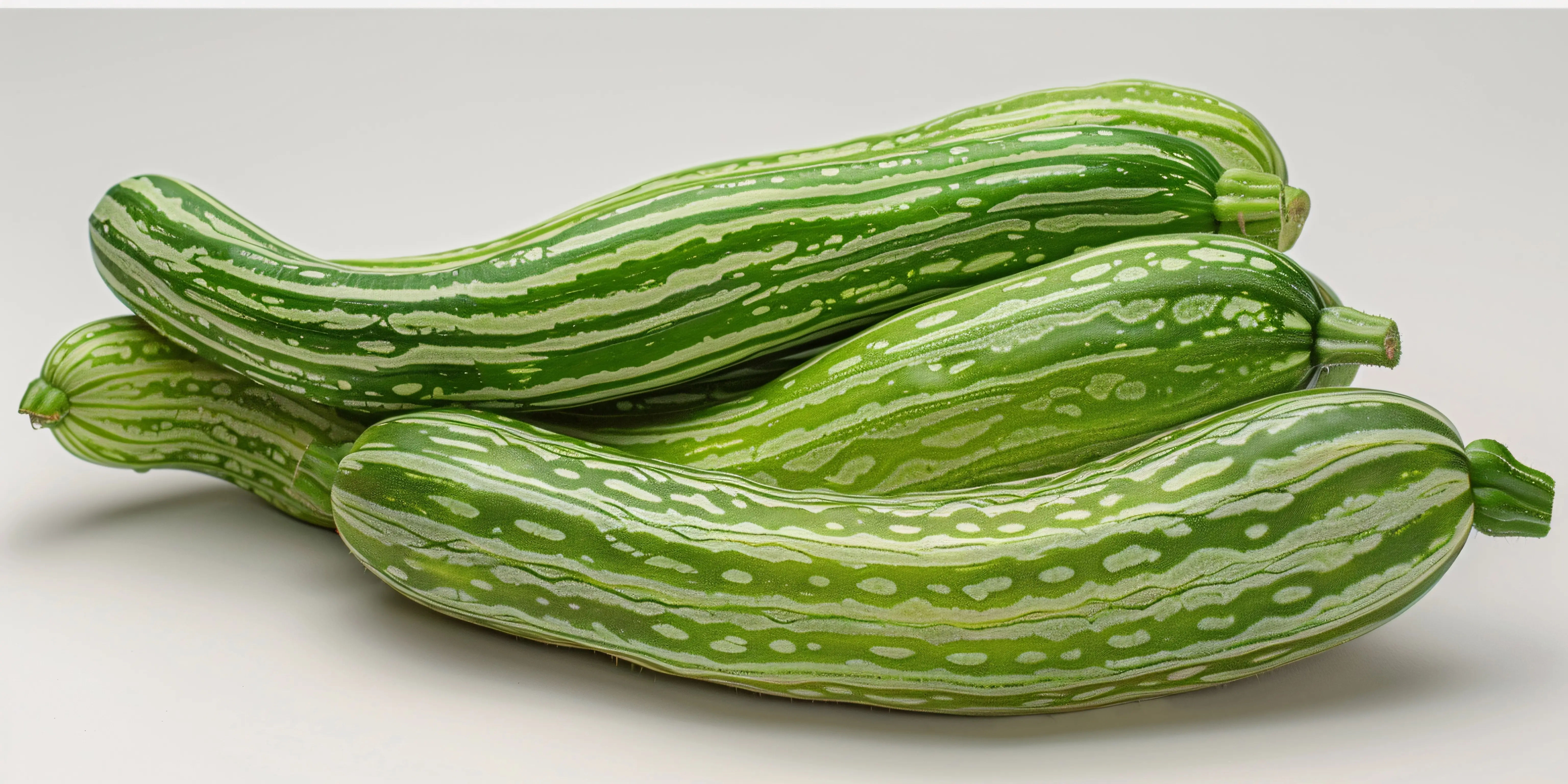Dragon Fruit (Pitaya): Health Benefits, Nutrition, and Easy Recipes
Discover the amazing health benefits of dragon fruit (pitaya) — a tropical superfruit packed with fibre, antioxidants, and vitamins. Learn about its nutrition, Ayurvedic insights, and easy ways to enjoy it fresh, blended, or in creative recipes.

Written by Dr. Dhankecha Mayank Dineshbhai
Reviewed by Dr. Dhankecha Mayank Dineshbhai MBBS
Last updated on 11th Nov, 2025

Introduction
Dragon fruit, or pitaya, is one of the most visually stunning fruits you can find — with its vibrant pink or yellow skin and speckled white or red flesh. But beyond its exotic appearance, dragon fruit offers an impressive combination of nutrients and antioxidants that can support overall health. Whether enjoyed fresh, in smoothies, or as part of a creative recipe, this tropical fruit blends delicious flavour with real nutritional value.
This guide takes a balanced, evidence-based approach. It explores what dragon fruit (pitaya) is, its impressive nutritional value, and Ayurvedic interpretation. You’ll learn about its proven health benefits, who can enjoy it most, and simple, creative ways to include it in your daily diet. From fresh fruit bowls to cooling drinks, it’s a complete guide to making the most of this vibrant tropical superfruit.
Consult a Top Nutritionist for Personalised Advice
What Is Dragon Fruit?
Dragon fruit, also known as pitaya or pitahaya, comes from the climbing cactus of the Hylocereus or Selenicereus genus, native to Central America but now widely cultivated in Asia, especially in Vietnam, Thailand, and India. Its spiky outer skin, reminiscent of dragon scales, gives it its mythical name.
Inside, dragon fruit has a mildly sweet taste — similar to a mix between kiwi and pear — and a refreshing, hydrating texture. There are several varieties, including the white-fleshed (Hylocereus undatus), red-fleshed (Hylocereus costaricensis), and yellow-skinned (Selenicereus megalanthus), each offering its own subtle differences in flavour and nutrition.
Nutritional Profile of Dragon Fruit
Dragon fruit may seem light, but it’s packed with essential nutrients that benefit multiple aspects of health. It’s naturally low in calories, high in water content, and rich in fibre, vitamins, and minerals.
A 100-gram serving of dragon fruit typically provides:
- Calories: 50–60 kcal
- Carbohydrates: 12–13 g
- Fibre: 3 g
- Protein: 1–2 g
- Vitamin C: 30–40% of daily needs
- Magnesium: 10% of daily needs
- Iron and calcium in small amounts
Its antioxidant compounds — including flavonoids, betacyanins, and phenolic acids — play a crucial role in fighting oxidative stress, which can reduce the risk of several chronic diseases.
Ayurvedic Perspective on Dragon Fruit
In Ayurveda, dragon fruit is not a traditional native fruit, but its characteristics align with principles of balance and nourishment. With its cooling and hydrating nature, it is considered beneficial for balancing Pitta dosha — the energy associated with heat, digestion, and metabolism.
Its light, juicy qualities also make it suitable for Kapha types, helping to refresh and energise without adding heaviness. However, Vata individuals, who tend to have dry or cold constitutions, should enjoy dragon fruit in moderation, ideally combined with warmer foods like oats or honey.
In essence, dragon fruit can be seen as tridoshic — suitable for most body types when consumed in balance.
Health Benefits of Dragon Fruit
1. Strengthens Immunity
Dragon fruit is rich in vitamin C and antioxidants that help the body defend against infections and illness. These nutrients enhance the function of white blood cells, which act as the body’s natural defence system. Regular intake can support immune balance and resilience, especially during seasonal changes.
2. Supports Digestion and Gut Health
The fibre in dragon fruit aids digestion and helps regulate bowel movements, making it an excellent choice for those seeking natural digestive support. The fruit also contains prebiotics — compounds that promote the growth of beneficial gut bacteria such as Lactobacillus and Bifidobacterium. A healthy gut microbiome, in turn, supports better nutrient absorption and a stronger immune system.
3. Promotes Healthy Skin
Dragon fruit’s high vitamin C and antioxidant content helps protect skin cells from UV damage and pollution. Regular consumption can encourage collagen production, which keeps the skin firm and youthful. The hydration from its water content also contributes to a fresh, glowing complexion.
4. Aids Weight Management
With its low calorie count and high fibre, dragon fruit makes a smart snack for those managing weight. Fibre provides a feeling of fullness that reduces the urge to overeat, while the fruit’s mild sweetness satisfies sugar cravings naturally. It’s a refreshing alternative to processed desserts and sugary snacks.
5. Boosts Heart Health
Dragon fruit contains healthy monounsaturated fats, especially from the tiny black seeds, which can help maintain good cholesterol levels. Its fibre content also assists in lowering LDL (bad) cholesterol and improving circulation. Antioxidants further support cardiovascular health by protecting arteries from oxidative stress.
6. Helps Regulate Blood Sugar Levels
Although sweet in taste, dragon fruit has a low glycaemic index and helps control blood sugar levels when eaten in moderation. The fibre content slows down glucose absorption, preventing spikes in blood sugar. This makes it a good choice for people with mild insulin resistance or those looking to stabilise energy levels naturally.
7. Hydrates and Refreshes the Body
With its high water content and electrolytes like magnesium and calcium, dragon fruit is an excellent hydrating food. It’s especially beneficial during hot weather or after workouts when the body loses fluids and minerals through sweat.
8. Supports Iron Absorption and Energy Production
Dragon fruit provides a modest amount of iron and vitamin C — a combination that improves iron absorption. Iron is essential for transporting oxygen throughout the body, supporting energy and concentration. Regular consumption can help prevent fatigue and low energy levels.
9. Promotes Detoxification
Ayurvedically, dragon fruit helps eliminate excess heat and toxins from the body through its cooling, cleansing effect. Its antioxidants further assist the liver in processing waste products, promoting internal purification and balance.
10. Enhances Overall Wellbeing
Incorporating dragon fruit into your diet adds both nourishment and vibrancy. The mix of nutrients, antioxidants, and natural hydration supports multiple systems — from immunity and digestion to heart health — creating a foundation for holistic wellness.
How to Eat Dragon Fruit
Eating dragon fruit is simple and versatile. Slice it open, scoop out the flesh, and enjoy it as is — chilled or at room temperature. Its neutral flavour makes it an easy addition to smoothies, salads, yoghurt bowls, or desserts.
For best results, choose fruits with bright, even-coloured skin and slightly soft flesh when pressed. Overripe fruits tend to lose flavour, while underripe ones may be too firm and bland.
Easy Recipes Using Dragon Fruit
Dragon Fruit Smoothie Bowl
Start your morning with a burst of colour and nutrition. Blend dragon fruit with banana, a splash of coconut water or almond milk, and a few cubes of ice for a naturally sweet smoothie base. Pour into a bowl and top with seeds, sliced fruit, or granola for a satisfying, energising breakfast.
Dragon Fruit Salad
Combine diced dragon fruit with other tropical fruits like mango, kiwi, and pineapple. Drizzle with lime juice and a touch of honey for a refreshing salad that balances sweetness and tanginess. The vibrant colours make it visually appealing and full of antioxidants.
Dragon Fruit Cooler
For a summer refresher, blend dragon fruit with chilled water or soda, a squeeze of lemon, and mint leaves. Serve over ice for a hydrating and visually striking drink that cools you instantly.
Dragon Fruit Chia Pudding
Mix chia seeds with coconut milk and let them soak overnight. In the morning, stir in fresh dragon fruit purée and a hint of vanilla. The result is a creamy, nutrient-rich pudding that’s perfect for breakfast or a healthy dessert.
Precautions and Possible Side Effects
Dragon fruit is generally safe for most people when eaten in moderation. However, excessive consumption can occasionally cause mild digestive discomfort, such as bloating or loose stools, due to its fibre content.
Allergic reactions are rare but possible. Individuals with fruit allergies should introduce dragon fruit gradually to ensure tolerance. Since it has a cooling property, those with sensitive digestion or a tendency toward coldness (Vata imbalance) should pair it with warmer foods like cinnamon, ginger, or honey.
Conclusion
Dragon fruit, or pitaya, is more than just a tropical showstopper—it’s a nutrient-rich addition to a balanced diet. Packed with fibre, antioxidants, and hydration, it supports digestion, immunity, and overall wellbeing. Its gentle sweetness makes it a smart alternative to sugary snacks and desserts. Whether blended, diced, or chilled, it’s easy to enjoy in countless ways. Add this vibrant fruit to your routine for colour, nutrition, and a touch of tropical freshness every day.
Consult a Top Nutritionist for Personalised Advice
Consult a Top Nutritionist for Personalised Advice
Dr. Sasikamalam
General Practitioner
1 Years • MBBS
COIMBATORE
Apollo Sugar Clinic Coimbatore, COIMBATORE
Mrs Sneha P V
Nutritionist
10 Years • Master of science in Food and Nutrition
Bengaluru
Apollo Clinic, Sarjapur Road, Bengaluru
Dr Sumanth R
General Physician
2 Years • MBBS
Bengaluru
PRESTIGE SHANTHINIKETAN - SOCIETY CLINIC, Bengaluru

Ms. Soma Saha
clinical nutrition
17 Years • B.Sc. - Home Science (Food & Nutrition), M.Sc. - Home Science (Food & Nutrition)
Kolkata
Dr Utsa Basu Clinic, Kolkata
(50+ Patients)

Ms. Samapti Maity
Dietician
16 Years • MSc. (Clinical Nutrition & Dietitics), NDEP, Course in Maternal Infant Young Child Nutrition.Diploma in Sports Nutrition, Diploma in Diabetic educator, FODMAP Specialist
Kolkata
BIENETRE CLINIC, Kolkata
Consult a Top Nutritionist for Personalised Advice
Dr. Sasikamalam
General Practitioner
1 Years • MBBS
COIMBATORE
Apollo Sugar Clinic Coimbatore, COIMBATORE
Mrs Sneha P V
Nutritionist
10 Years • Master of science in Food and Nutrition
Bengaluru
Apollo Clinic, Sarjapur Road, Bengaluru
Dr Sumanth R
General Physician
2 Years • MBBS
Bengaluru
PRESTIGE SHANTHINIKETAN - SOCIETY CLINIC, Bengaluru

Ms. Soma Saha
clinical nutrition
17 Years • B.Sc. - Home Science (Food & Nutrition), M.Sc. - Home Science (Food & Nutrition)
Kolkata
Dr Utsa Basu Clinic, Kolkata
(50+ Patients)

Ms. Samapti Maity
Dietician
16 Years • MSc. (Clinical Nutrition & Dietitics), NDEP, Course in Maternal Infant Young Child Nutrition.Diploma in Sports Nutrition, Diploma in Diabetic educator, FODMAP Specialist
Kolkata
BIENETRE CLINIC, Kolkata
More articles from General Medical Consultation
Frequently Asked Questions
Is dragon fruit good for diabetics?
Yes, dragon fruit has a low glycaemic index and is high in fibre, which helps regulate blood sugar. However, moderation is essential.
Can I eat dragon fruit daily?
Yes, you can enjoy dragon fruit daily as part of a balanced diet. One small fruit or half of a large one is generally sufficient.
Does dragon fruit help in weight loss?
It can support weight management due to its low-calorie and high fibre content, helping to reduce appetite naturally.
Can pregnant women eat dragon fruit?
Yes, it’s safe and beneficial for pregnant women, as it provides vitamin C, iron, and calcium. Always wash the fruit properly before eating.
How should dragon fruit be stored?
Keep uncut dragon fruit at room temperature for a few days or refrigerate it for longer freshness. Once cut, store it in an airtight container and consume within two days.



.webp)
